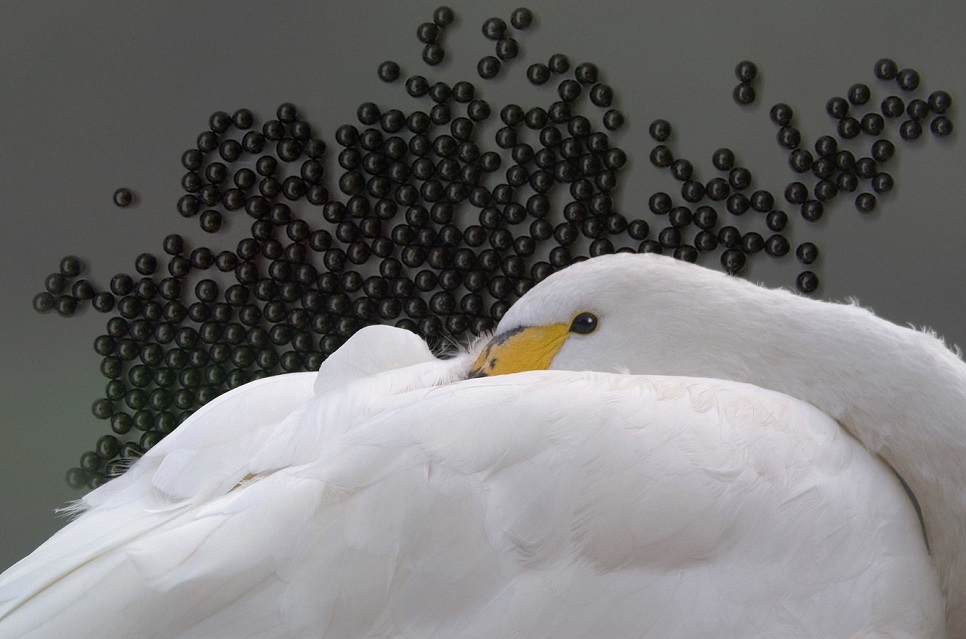Bird's eye view at Belfast International Airport
 UK based EyeFly media, who handle all advertisements at Belfast International Airport, have announced their support for WWT Castle Espie Wetland Centre. This partnership highlights the growing importance of conservation and the environment within the business sector.
UK based EyeFly media, who handle all advertisements at Belfast International Airport, have announced their support for WWT Castle Espie Wetland Centre. This partnership highlights the growing importance of conservation and the environment within the business sector.
Castle Espie is currently running three different advertisements across the six sheet network at Belfast International Airport, spanning international and domestic arrivals and departures. The campaign artwork features stunning imagery of birds on Strangford Lough by local photographer, Patricia Pyne.
Gill McNeill, Marketing Manager at WWT Castle Espie Wetland Centre, said: “The tranquil images are complemented with text which people will immediately relate to: ‘Touch Down’, ‘Relax and Unwind’ and ‘Welcome Home’. We believe this campaign will keep Castle Espie Wetland Centre in the minds of passengers, both resident and visiting, helping us to promote the centre not just as a local attraction but as an important conservation leader on an international scale.
“Castle Espie is the only centre of its kind in Ireland and one of nine WWT wetlands in the UK. The stunning setting lends itself to relaxation, learning and conservation. It’s great that we can use this medium at Belfast International Airport to remind people of its beauty and the important role it plays in conservation.”
Rodney Bell, Sales Manager at EyeFly, said: “We’re delighted to show our support for the WWT Castle Espie Wetland Centre, by promoting all it has to offer across the six sheet network at Belfast International Airport.”
Brian Carlin, Head of Commercial Development at Belfast International Airport, explains, “The airport is the major international gateway to Northern Ireland, and therefore the perfect platform to showcase Castle Espie Wetland Centre and the work of WWT.”
Belfast International Airport is a primary access point for over five million business and leisure passengers. The airport has experienced 40% growth since 2001, and passenger numbers are currently projected to exceed six million by 2010.

